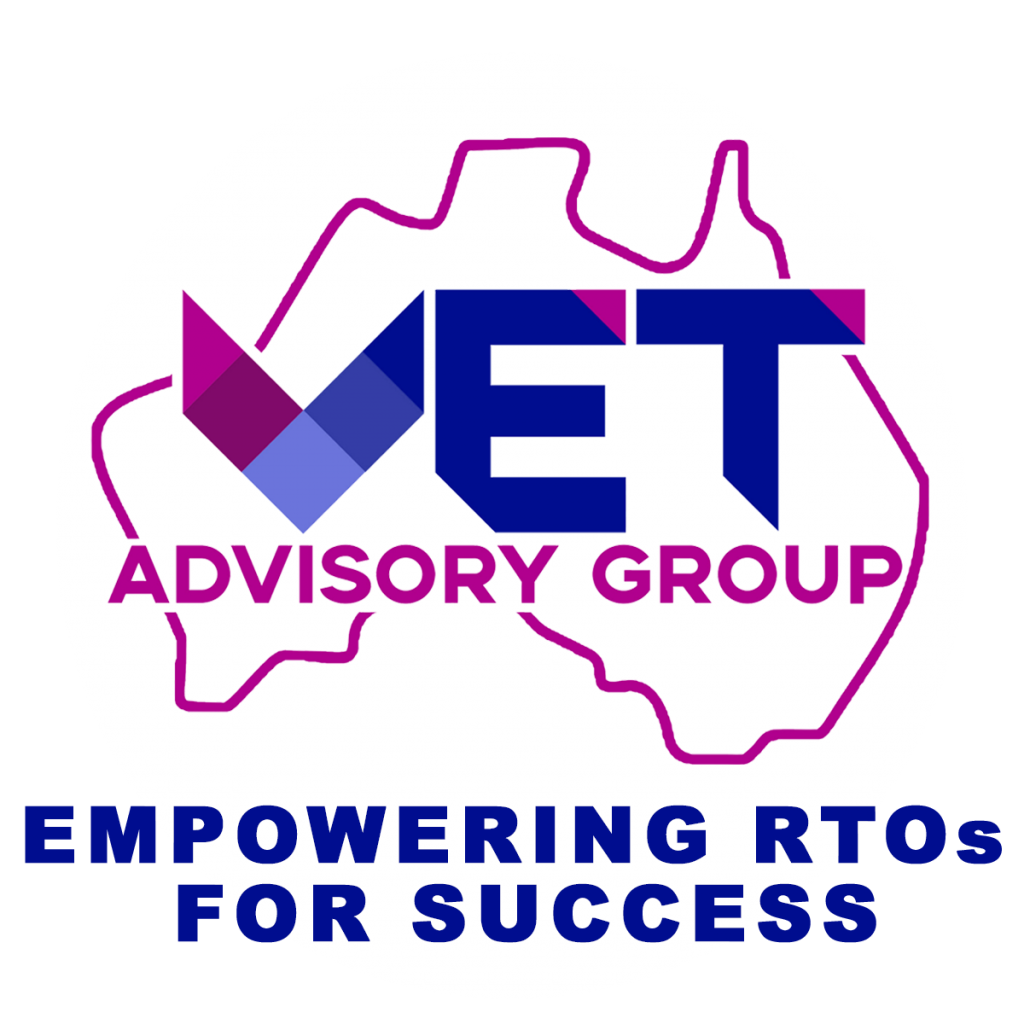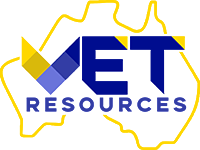

Validation of assessment tools is an incredibly important process for any registered training organisation (RTO) to undertake. It ensures that the RTO meets compliance standards in terms of providing quality services and helps management identify areas of improvement in their assessments. In short, validation involves critically reviewing assessment processes to make sure they are up-to-date, fair and effective.
How to use validation to get the best out of your assessment systems?
The validation process usually starts with a review document or checklist. This document should outline all the key elements of valid assessment tools, such as
- identifying specific purposes and outcomes,
- selecting appropriate tools for the learning tasks and activities,
- ensuring relevance between the tasks and outcomes being assessed,
- aligning criteria to meet mandated requirements, defining expectations and standards correctly,
- conducting questioning correctly and effectively etc.
All completed documents must then be reviewed by a qualified assessor who can evaluate them against external standards such as industry/regulatory requirements or against internal criteria set out by the RTO itself.
Once validated and approved, new methods can be implemented into the organisation’s practices with confidence that they are based on best practice principles.
The aim is to increase the accuracy and assurance of the assessment results. It is also used to identify areas of improvement in an attempt to streamline and improve processes, ultimately leading to better outcomes overall.
Validation helps to bolster confidence in an organisation’s ability to make decisions based on reliable data, helping them reach their desired goals quickly and efficiently.
Why is Assessment Validity Important?
Assessment validity is critical to the success of any registered training organisation (RTO). It plays a vital role in how the RTO measures the knowledge and skills gained by enrolled students. When assessments are valid, they measure what they should without flaws or bias. This means that students receive an accurate gauge of their proficiency in a particular skill or area.
Validity also ensures that assessment processes adhere to relevant industry standards as well as state and national legislation. Furthermore, it helps RTOs be confident that formative assessments are effective for tracking student progress, while summative assessments provide an accurate evaluation before competency can be certified. On top of this, when assessments remain valid over time, organisations can be sure that their measurement procedures will still accurately reflect actual improvements made by students from one rendition to another. Therefore, assessing the validity of your tests is not only important for your status and compliance goals — but it’s also essential to ensure organisational and student success over long periods of time.
Validation confirms quality

Effective validation processes are essential for ensuring that assessment tools, systems and judgements maximise learning outcomes. The process should identify areas for improvement to ensure further effectiveness and relevance of the assessments to real-world contexts and industry requirements. When assessing skills and knowledge competencies, it is important to ensure that the tasks given demonstrate an appropriate level of difficulty while remaining within each learner’s capabilities. Clear instructions during assessments can help ensure cohesion amongst all learners’ results by outlining reasonable adjustment opportunities, such as extra time or adaptive equipment access. Further assessment flexibility can also be offered in terms of carrying out tasks digitally or practically, depending on individual preferences and working styles. Ensuring accessibility in an assessment process is crucial in giving every learner the best chance to display their knowledge levels and set them up for success.
Regular review periods should be implemented with due consideration to changes over time – especially reformations made after validation sessions to encourage a successful overall outcome. Implementing evaluation processes into assessment practices will enable stakeholders to gain useful feedback from learners about how satisfactory the assessments were; allowing for enhancement choices going forward. Regular communication between peers and providers also helps keep stakeholders informed about potential risk areas and gain insight into how well assessments are designed.
Validation occurs after the assessment
Validation is an essential step in the assessment process and is typically performed after completing the assessment. Validation is used to assess the quality of both the assessment tools and judgements made by assessors to identify areas to be improved. Validation processes involve collecting a sample of completed assessments, testing the impact of assessment tools and systems such as instructional materials on the results, and examining how assessments were conducted. The goal of validation is to improve the reliability and validity of assessment results by ensuring that all factors affecting assessment outcomes have been considered and adjusted for if necessary. By accurately evaluating assessment practices and judgements, effective validation can effectively provide feedback on potential problems or ways to improve existing assessments to obtain more meaningful data from future evaluations.
Keeping assessment in check

It is essential to ensure that assessment tools used in any course or program accurately reflect the intent of the course itself. Before initiating any assessment process, it is important to verify that the planned tools meet all of the requirements laid out by the relevant training package. This verification process should include verifying that the assessment aligns with the principles of assessment and rules of evidence as outlined in clause 1.8 of the Standards for Registered Training Organisations (RTOs).
By thoroughly checking and revising one’s assessment tools before use, it will become easier for students to understand what is expected from them in their assessments, improving accuracy and consistency when assessing all students. Furthermore, it ensures that a RTO remains compliant with standards as regulators expect them.
Allowing an RTO to demonstrate good practice and quality assurance when delivering education services and prevent any future legal issues due to non-compliance. Effective monitoring, review, and improvement processes also ensure RTO staff always comply with government regulations around assessment standards and delivery requirements.
What are the RTO Assessment Validation Requirements in the Standards for RTOs?
The Standards for RTOs outline strict requirements for assessment validation to help ensure the quality of training products. The requirements aim to create consistency in the quality and safety of services registered Training Organisations (RTOs) offer. To achieve this, RTOs must develop an ongoing plan for assessing validity that includes all training products in their scope of delivery. Furthermore, RTO assessment validations must be conducted at least once every five years and 50% of these assessments must take place within the first three years.
Moreover, assessment validations must be performed by qualified individuals who have no direct involvement in the assessment or delivery of the given training product being validated. This means that any individual conducting an assessment validation has to be impartial and objective when evaluating the product’s measurement criteria against set standards. By following these guidelines, RTOs can ensure that they are providing a high quality learning experience and guarantee their reputation within the industry.
How is Assessment Validation Conducted?
Assessment validation is important in any Registered Training Organisation (RTO) to ensure that the assessment processes and tools used are appropriate and effective. Validation ensures that all learners have the same opportunities to demonstrate their learning outcomes, regardless of background or individual characteristics. It also helps to ensure that assessment practices meet the requirements of regulatory bodies and enable compliance with professional standards.
The review process usually involves a detailed review of the assessment application and its related tools, performed by either internal staff or an independent third party party who is not directly involved in the assessment application.
This review will look at factors such as training product requirements, evaluation criteria and resources used, appropriateness of assessors for given situations, provision for screening assessments and competency-based feedback where required. Additionally, feedback is collected from external professionals on the efficiency and effectiveness of procedures, policies and overall results achieved with attempts to improve them over time continually.
Through this method, RTOs can ensure that they provide valid assessment processes that fully meet regulatory requirements and ensure quality standards are maintained throughout their organisation.
Suggested Read: ASQA Compliance Simplified: Your Complete Guide to the Annual Declaration on Compliance

